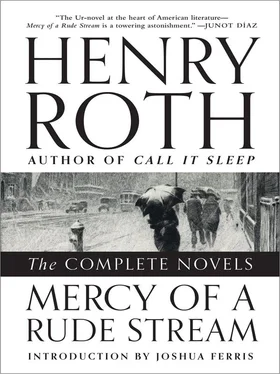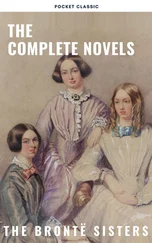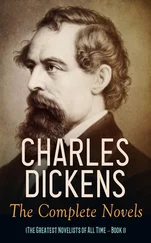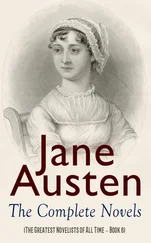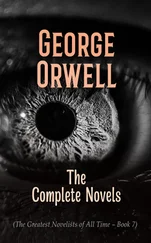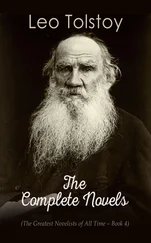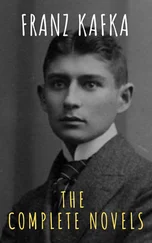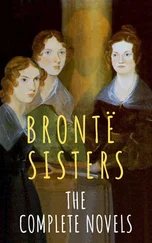Just when we think we know what Roth as a writer is up to, what course he has charted for his journey home, he twists and turns, and changes his mind, and with each new volume, we must constantly reassess our agile narrator as his epic proceeds. As Materassi has commented in his insightful essasy, “Shifting Urbanscape: Roth’s ‘Private’ New York,” Roth “has never been interested in any story other than the anguished one of a man who, throughout his life, has contradicted each of his previously held positions and beliefs.” A superb holder of secrets, Roth as a novelist does not even alert his readers (there is a one-line hint in the first volume, however) that Ira Stigman has a fictional sister until one-third of the way through the second volume, A Diving Rock on the Hudson . The revelation must be a surprise.
I once asked Henry if his wife Muriel, with whom he shared a compact one-bedroom trailer home, had ever read any of the early drafts of Mercy . “She never asked, and I never offered to show her,” he told me, as if it were completely natural for a writer’s wife not even to get one glimpse of the thousands of pages that lay on each side of the computer whom he chose to call Ecclesias. Although I cannot think of a human being who was more honest with me than Henry, Roth’s varying accounts of his life’s story, as Materassi has suggested, did shift frequently over time. For example, after having told reporters for decades that it was his Communist experience, and the resulting disillusionment, that prevented him from writing again, Roth suggested in the last few years of his life that his sexual preoccupations and obsession lay more at the root of his unwillingness to continue writing for more than forty years. Yet on other occasions, he maintained that the block was caused by his early break with Judaism and his family’s departure in 1914 from the hermetic, shtetl -like world of New York’s Lower East Side.
Like their creator, these modern books effortlessly mutate in tone and sensibility, and while the arc is unerringly tragic, the seismic waves registered throughout are unpredictable, and deliberately so. While A Diving Rock on the Hudson is purposefully scandalous and confessional in its often Augustinian tone, From Bondage , despite the brilliant sexual tension of the last third of the book (Roth called the Ira-Stella-Zaida section a “novella” in its own right), is largely redemptive, as if Roth were indeed seeking deliverance in this penultimate work. Yet the final volume, Requiem for Harlem , contains a sexual wantonness and “depravity,” a word favored by Roth, that seems surprising for a man of eighty-nine laboring to finish the epic of his life. As his close friend and literary executor, Larry Fox, once explained to me, “Henry could not die false. He was a truth seeker, and only when he could review the truth about himself could he become free. In fact, he remained alive to unburden himself so that he could die free and perhaps free all of us. Once Muriel died, Henry could finally tell the truth, and then it was only between him and his Maker.”
Roth would have been the first person to note that nothing in any of his books was gratuitous, so why would he so deliberately debase his alter ego Ira? Few people like seeing their idol so compromised or disgraced; no one indeed wants to see his revered novelist revealed to be a predator, an agent of incest, and victimizer himself. So why then did Roth in his eighties become so emotionally patulous, or why did he begin to flirt with Nabokovian flights of fancy, choosing to make Ira as sexually compulsive and loathsome as possible? Having known Henry quite well, I would refute anyone’s contention that this octogenarian’s “need” to eroticize his life was merely a way to jolly himself as his body disintegrated. This quite conscious decision to debase himself — to make his “rude stream” as repellent as possible — as he depicted “the last onerous lap” of his life, was meant, I suspect, to bring about a spiritual salvation in the only way that he knew how. In any given interview or even in the text of this work, Roth, however, would have been the first to negate any such redemptive refuge. Listen to his own words: “What a sinister cyst of guilt that was within the self, denigrating the yuntiff , denigrating everything within reach, exuding ambiguity, anomaly, beyond redemption now.” And so, Requiem for Harlem is a work fraught with often unimaginable family cruelty, the young man emerging from his adolescent chrysalis the very tyrant his father Chaim was. Indeed, we revisit more so than in any previous volume the unprecedented violence of Call It Sleep . At last, the abuse that the young boy witnessed so viscerally when his father beat his mother gets replayed here with equal ferocity — the cup of scalding tea hurled in Leah’s face, for example, or the horrific way in which Chaim torments his wife after she has caught him flagrantly fondling their lustful niece. It must be her fault after all, so Leah is led to believe.
No wonder that Roth’s mother unknowingly “had indoctrinated him into tragedy, given him a penchant for it, the tragic outlook,” for her path toward depression and episodic madness seemed destined, given her docile and even masochistic nature. And while the mother so lovingly depicted in the final volume becomes a “wavering demi-agnostic” and questions the existence of Adonoi , so too did Roth throughout his life simultaneously embrace and reject the notion of a forgiving God. Yet while Roth no doubt inherited his depressive gloom and his religious ambivalence from his mother, he learned far too ably at his father’s knee as well. The brilliant boy, once David Schearl, now Ira Stigman, absorbed from his father a relentless pattern of violence and verbal imprecation that mixed often explosively with his mother’s maternal kindness. The boy, as precocious as he was, learned at a very tender age, whether from his father or through a pederast named “Moe,” that the star was no longer shining over Mt. Morris Park ( stella, stella , it was getting so dark after all). And familial incest, many psychiatrists have maintained, comes twinned with family violence, and the fictional relationship between Ira and his sister Minnie and cousin Stella must have had some basis in the models provided in various ways by both of Ira/Henry’s parents.
Yet despite Roth’s constant claims that redemption, particularly at the end of our materialistically excessive century, was no longer viable, I contend that he was transfixed in his declining years by the possibility of mercy, perhaps not for himself, but rather for his wife Muriel, for both of his sons, for Eda Lou Walton whom he had abandoned in the late 1930s, and, in fact, for us all. If we could as readers still like, empathize, or even pray for Ira, even after all that he had perpetrated, then there might be mercy even for us. And so the old man pecked away furiously, keenly aware that his days were diminishing, the stream of urine dripping from his leg not even deterring him as the story reached its terrifying dénouement. And “for a moment the waning ivory moon above the gloomy gantries of the New York Central trestle seemed poised like a tusk at Ira as he pattered down the sandstone steps of the stoop to the sidewalk; boar’s tusk aimed at Endymion, he thought, turning left on grubby, cold, dark, deserted 119th Street toward the corner at Park Avenue.” Entranced by the drama of the narrative, age seemed almost miraculously to disappear, and once again life had suddenly achieved a unity; this unity, despite a persistent theme of alienation, being perhaps the crowning literary achievement. And as many readers have no doubt noticed, the dialogue with Ecclesias, the philosophical chatter between the old man and his computer, actually recedes in Requiem for Harlem , for the old man is once again in his prime, not distracted by physical decrepitude, this work being the last gasp of existence before the proverbial jig was up.
Читать дальше
